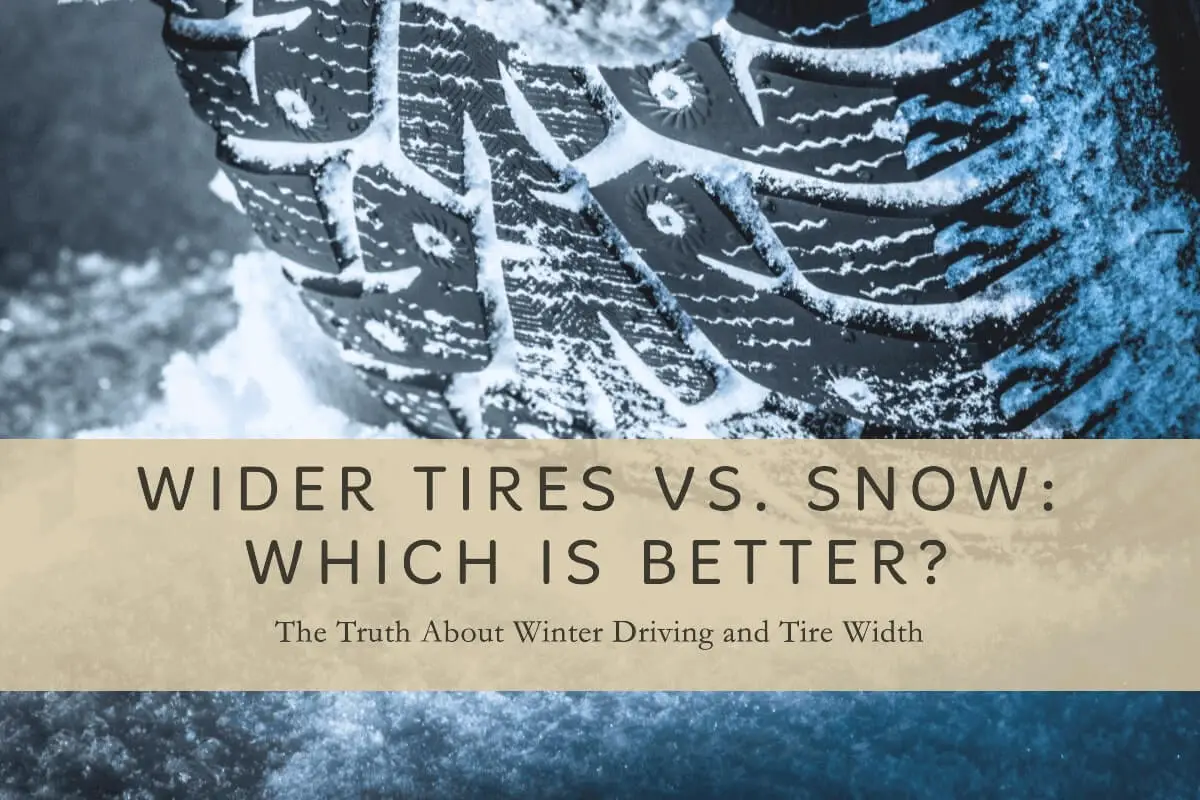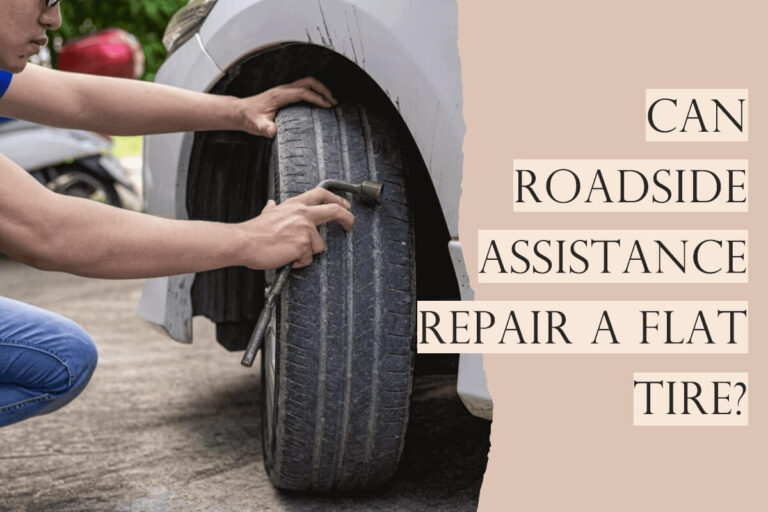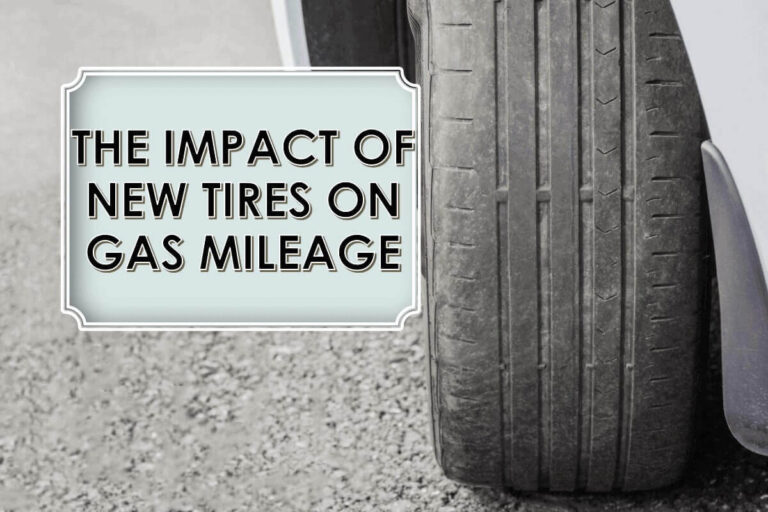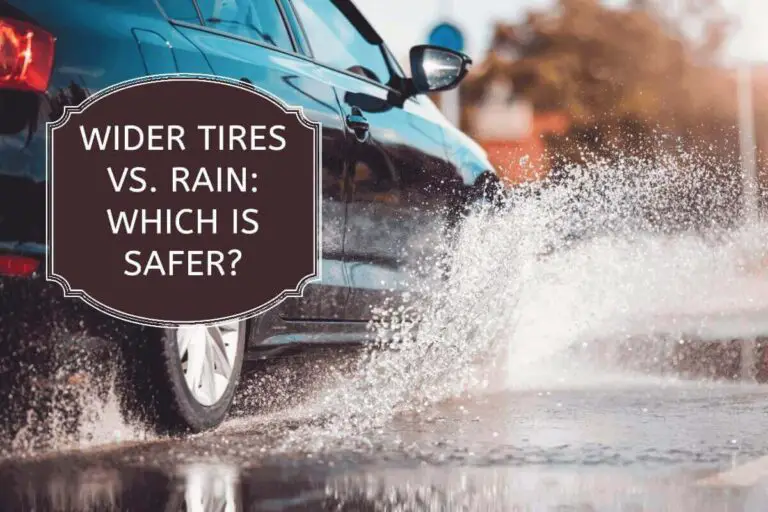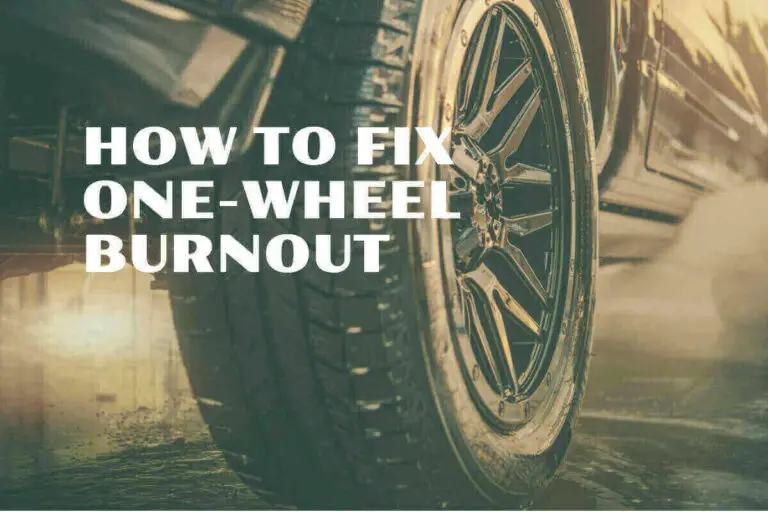When winter arrives and the roads become covered in snow and ice, many drivers wonder if wider tires are the solution for better traction and handling. Are wider tires better in snow? It’s a question that has undoubtedly crossed the minds of many drivers as they navigate through winter wonderlands.
In this informative guide, we will explore whether wider tires are better in snowy conditions. We’ll break down the pros and cons, consider the science behind tire width, and help you decide on your winter driving needs.
Understanding Tire Width and Its Impact on Snow Performance
Before delving into the wider tire debate, let’s know how tire width influences snow performance. The tire’s width refers to the measurement across the tread from one sidewall to the other. Wider tires have a larger contact area with the road, which might lead some to believe they are better in snow. However, the reality is more nuanced.
Are Wider Tires Better in Snow
Choosing the right tires can be a game-changer when it comes to driving in snowy conditions. But Are wider tires better in snow? While wider tires might offer more traction and stability, the reality is more nuanced.
Wider tires can be better in the snow in certain conditions. However, it is essential to note that narrower tires are generally better in snow, as they have a higher surface pressure, which means they can better “bite” into the snow and ice.
Wider tires have a lower surface pressure, which means they tend to float on top of the snow and ice rather than cutting through it. It can lead to reduced traction and control.
The following are some conditions where wider tires can be better in snow:
1. Deep snow
Wider tires can spread the vehicle’s weight over a larger area, which helps prevent the tires from sinking. It can be helpful in deep snow, where narrower tires may sink too deeply.
2. Soft snow
Wider tires can provide more flotation in soft snow, which can help to improve traction.
3. Loose snow
Wider tires can help to “dig” through loose snow, which can help to improve traction.
However, it is essential to note that wider tires are sometimes the best choice for snow. In general, narrower tires are better in snow, as they have a higher surface pressure and can better “bite” into the snow and ice. If you are still determining which type of tire is best for your needs, you should consult a tire retailer or a qualified mechanic.
The Pros of Wider Tires in Snow
Wider tires do offer some advantages when driving in snowy conditions:
1. Enhanced Floatation
Wider tires spread the vehicle’s weight over a larger surface area, reducing the pressure exerted on the snow. It can help the vehicle “float” on top of the snow, preventing it from sinking too deep and improving traction.
2. Better Grip on Dry Roads
In dry winter conditions, wider tires can provide more rubber on the road, resulting in improved grip and handling.
3. Aesthetic Appeal
Some drivers prefer the look of wider tires, as they can provide a sportier and more aggressive appearance to the vehicle.
The Cons of Wider Tires in Snow
However, wider tires also have drawbacks when it comes to snowy conditions:
1. Decreased Traction on Packed Snow and Ice
Wider tires can have a disadvantage on packed snow and icy surfaces. The larger contact area may cause the tires to ride on top of the snow rather than digging through to find traction.
2. Hydroplaning Risk
Wider tires may be more prone to hydroplaning on wet, slushy roads. The broader surface area can struggle to channel away water effectively, leading to reduced grip.
3. Cost and Fuel Efficiency
Wider tires can be more expensive to purchase and maintain. Additionally, they may have a negative impact on fuel efficiency due to increased rolling resistance.
Finding the Right Tire Size for Winter Driving
Instead of focusing solely on width, it’s essential to consider the overall winter tire package. Here are some factors to consider when selecting the right tire size for winter driving:
Aspect Ratio
The aspect ratio is a percentage that represents the tire’s height relative to its width. A lower aspect ratio means a lower sidewall height, which can impact ride comfort but may improve handling.
Tire Compound
Look for winter tires specifically designed for snow and ice. These tires have a unique rubber compound that remains flexible in cold temperatures, providing better traction.
Tread Pattern
Pay attention to the tread pattern, as aggressive winter tire treads with sipes and biting edges are crucial for snow and ice performance.
Choosing the Right Tire Width for Snow Conditions
Here are some conditions while choosing the right tire width:
1. After addressing the question
Are wider tires better in snow or not, the next step is to focus on choosing the correct tire width for winter driving. Consider the following points when making your decision:
2. Tire Performance
Evaluate the specific tire’s performance characteristics, including its design, tread pattern, and rubber compound. Look for tires explicitly designed for winter conditions, with aggressive tread patterns and specialized rubber compounds that remain flexible in cold temperatures.
3. Aspect Ratio
Pay attention to the aspect ratio, which represents the tire’s height relative to its width. A lower aspect ratio means a lower sidewall height, which can impact ride comfort but may improve handling.
4. Weather Conditions
Consider the typical weather conditions you encounter during the winter. If you frequently face heavy and deep snow, narrower tires with aggressive winter treads might be more effective in cutting through the snow and providing improved grip on slippery surfaces.
5. Mixed Driving
If your winter driving involves a mix of dry and snowy conditions, slightly wider tires with a good winter tread pattern can compromise handling and snow performance.
6. Manufacturer Recommendations
Check the manufacturer’s recommendations for your vehicle’s tire size. Sticking to the recommended tire size ensures your vehicle performs optimally in various driving conditions, including winter.
7. Consult a Tire Expert
If you need clarification on the best tire width for your vehicle and driving needs, consult a qualified tire expert. They can provide personalized recommendations based on your vehicle’s specifications and the prevailing weather conditions in your area.
By considering these points, you can make an informed decision when choosing the right tire width for your winter driving, ensuring safer and more reliable performance on snow-covered roads.
Other Winter Driving Tips
While selecting the correct tire size is essential, other driving practices can also enhance safety during winter:
Drive Slowly
Reduce your speed and maintain a safe following distance to allow for increased stopping distances on snowy roads.
Use Chains or Winter Tires
Consider using snow chains or investing in dedicated winter tires for the best possible traction in severe winter conditions.
Check Tire Pressure
Keep your tires properly inflated, as under-inflation can decrease performance, and over-inflation may reduce grip on icy roads.
Conclusion
Wider tires can have both advantages and disadvantages when it comes to snow performance. While they may offer enhanced floatation and grip on dry roads, there may be better choices for driving in deep snow or icy conditions. Ultimately, the most crucial factor is selecting tires designed for winter driving with the correct tread pattern and tire compound.
Always prioritize safety and consult a professional tire expert to determine the best tire size for your vehicle and driving needs. I hope you found the answer to Are wider tires better in snow or not, and it will assist you in making an informed decision when choosing the right tires for your winter driving adventures. Remember, safety should always be your top priority.
Frequently Asked Questions (FAQs)
Are regular tires OK for snow?
Regular or all-season tires may be suitable for light snow conditions. However, they need the specialized features of dedicated winter tires. Winter tires are designed for improved performance in severe conditions, providing better traction and handling on snow and ice.
Does wider tires give better traction?
Wider tires can offer advantages in certain winter conditions. They may provide better traction on dry winter roads due to the larger contact area with the road, resulting in improved grip and handling. However, wider tires might need help with traction on packed snow and icy surfaces, reducing their effectiveness in extreme winter conditions.
Why are bigger tires better for snow?
Bigger tires can be beneficial in snowy conditions due to enhanced floatation. The larger contact area spreads the vehicle’s weight over a larger surface area, reducing the risk of sinking too deep in deep snow. It can help the vehicle “float” on top of the snow, improving traction and preventing getting stuck.
What makes a tire good in snow?
Several factors determine a tire’s performance in snow. A good snow tire has aggressive tread patterns with sipes and biting edges designed to effectively grip snowy and icy surfaces. The tire’s rubber compound remains flexible in cold temperatures, ensuring optimal traction in winter conditions.
Do wider tires help in snow and ice?
While wider tires may offer benefits in certain winter conditions, their effectiveness on snow and ice is not guaranteed. They might perform well on dry winter roads, but they may not provide the necessary grip and traction on packed snow and icy surfaces.
What tire PSI for snow?
The recommended tire pressure for snow is typically 32 to 35 PSI, the same as the manufacturer’s recommendation for your vehicle. This information can be found on the driver’s door jamb or the vehicle owner’s manual. Adequate tire pressure ensures proper contact with the road and helps maintain optimal performance.
Do all 4 tires need to be snow tires?
For optimal safety and performance, having all four tires as snow tires is highly recommended during winter driving. Mixing different tire types can lead to imbalanced handling and traction, increasing the risk of accidents. Four snow tires ensure consistent grip and traction on all wheels, enhancing overall driving stability in snowy and icy conditions.

